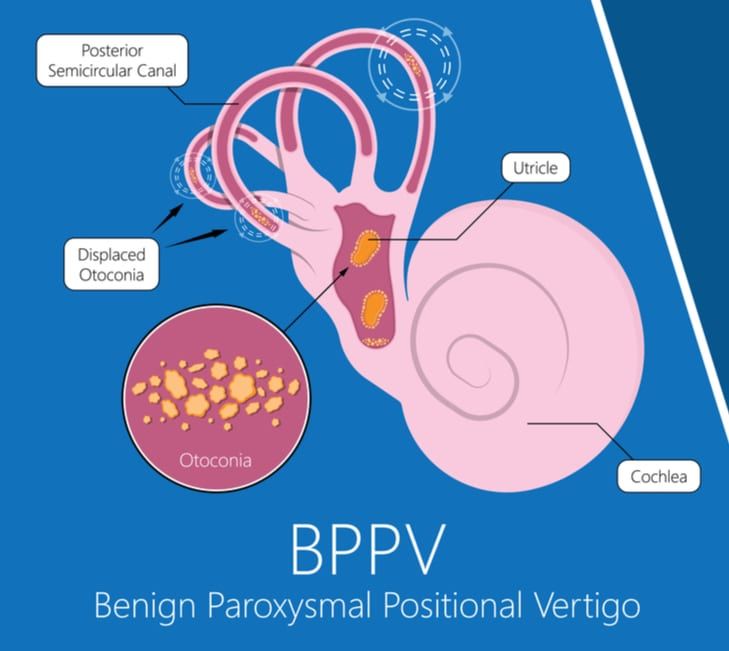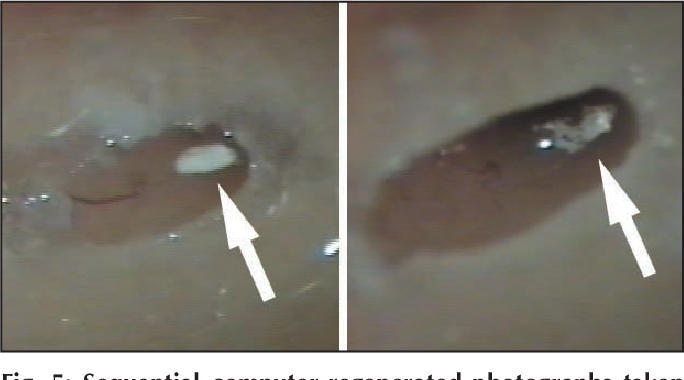Table of Content
A glass of fortified milk or orange juice, canned tuna, and even egg yolks will all give your levels of vitamin D a boost. Have your doctor check your vitamin D levels so you know if you need more in your diet or if you need a supplement. This exercise is most commonly recommended for people with vertigo to do at home, because it is simple to do it unsupervised. You shouldn’t perform the Brandt-Daroff exercise unless you are in a safe place and won’t be driving for a while, because it might provoke increased dizziness for a short period of time.

We occasionally still suggest them for patients with atypical BPPV. In Benign Paroxysmal Positional Vertigo , inner ear debris causes dizziness. Known as “ear rocks or crystals,” this debris consists of small calcium carbonate particles.
HOME EPLEY MANEUVER (the best home treatment maneuver)
But it should work just as well as the others, as the positions of the head are the same. And thats the only thing that matters when one considers the efficiency of these maneuvers. This is a home version of the Lempert 360 rotation described in 1997. Both maneuvers involve specific sequential movements of the head and body.
Most patients can be effectively treated with physical therapy. The purpose of these tests is to detect abnormal eye movement. Your healthcare provider can diagnose BPPV during an office visit. They’ll perform a physical examination and ask questions about your symptoms and medical history. BPPV is almost always triggered by a change in your head’s position. Some people may notice symptoms when lying down or sitting up in bed.
What Happens After Treatment?
And in the worst cases, a period of disequilibrium and imbalance follows the episode. BPPV is one of the top causes of vestibular vertigo, accounting for20-30% of diagnosesin specialized dizziness clinics. We treat many BPPV patients at the Dizzy & Vertigo Institute and have a great success rate at resolving their symptoms swiftly. "There is an uncertain effect of vestibular suppressants on repeat ED/clinic visits, symptom resolution within 24 h, adverse events, and quality of life." Yoga and tai chi are known to reduce stress while increasing flexibility and balance.
Plan to drink extra water during times you tend to become dehydrated. You might find that simply being aware of how much water you’re drinking helps decrease vertigo episodes. Feelings of vertigo can be triggered by sleep deprivation. If you’re experiencing vertigo for the first time, it might be a result of stress or lack of sleep.
What are the symptoms?
While keeping your head turned 45° to the right, quickly flip over to the right side of your body keeping your head looking down towards the ground. While sitting on the edge of the bed, turn your head 45° to the right. While keeping your head turned 45° to the right, extend your head backwards.
A positive response confirms the diagnosis of BPPV. An MRI or CT scan of the brain is usually unnecessary. The otoconia move to the lowest part of the canal, which causes the fluid to flow within the SCC, stimulating the balance nerve and causing vertigo and jumping eyes . If the crystals become detached, they can flow freely in the fluid-filled spaces of the inner ear, including the semicircular canals that sense the rotation of the head. Otoconia will occasionally drift into one of the SCCs, usually the posterior SCC given its orientation relative to gravity at the lowest part of the inner ear. Each position is held for about 30 seconds after any symptoms or abnormal eye movements stop.
Moving your head to the same position again may trigger another episode of vertigo. However, most symptoms occur when there’s a change in your head’s positioning. Abnormal eye movements, also called nystagmus, usually accompany symptoms of BPV.

You should only need to do the maneuver a few times for your symptoms to decrease. If your symptoms persist, please follow up with your healthcare provider as you may have a different condition causing your vertigo. The loss of balance it causes puts you at risk for falling. Tonya graduated from Texas Woman’s University in 2001 with a Master of Science degree in Physical Therapy. In 2007, Tonya received her competency certification in Vestibular Rehabilitation, and in 2008, she received her competency certification in Cervicogenic Dizziness.
The goal of the canalith repositioning procedure is to move the particles from the inner ear to a part of the ear where they won't cause problems . Vestibular suppressants have an uncertain impact on repeat ED/clinic visits, symptom resolution within 24 h, quality of life, patient satisfaction, and adverse events. Normal medical imaging (e.g., an MRI) is not effective in diagnosing BPPV, because it does not show the crystals that have moved into the semicircular canals. In rare cases, medication, the Epley maneuver, and home remedies are not be enough to address BPPV.

Various studies suggest that BPPV is the source of the complaint in approximately one quarter of all dizzy patients, and accounts for approximately half of all vestibular disorders. A trained healthcare professional can administer this treatment and teach people how to perform the movements at home. BPPV symptoms vary among individuals in intensity and duration. A slight change of head position can cause severe symptoms in some people, while rapid or extreme head movements might produce only mild symptoms in others. BPPV is a type of vertigo that can cause intermittent dizziness, lightheadedness, imbalance and nausea.

No comments:
Post a Comment